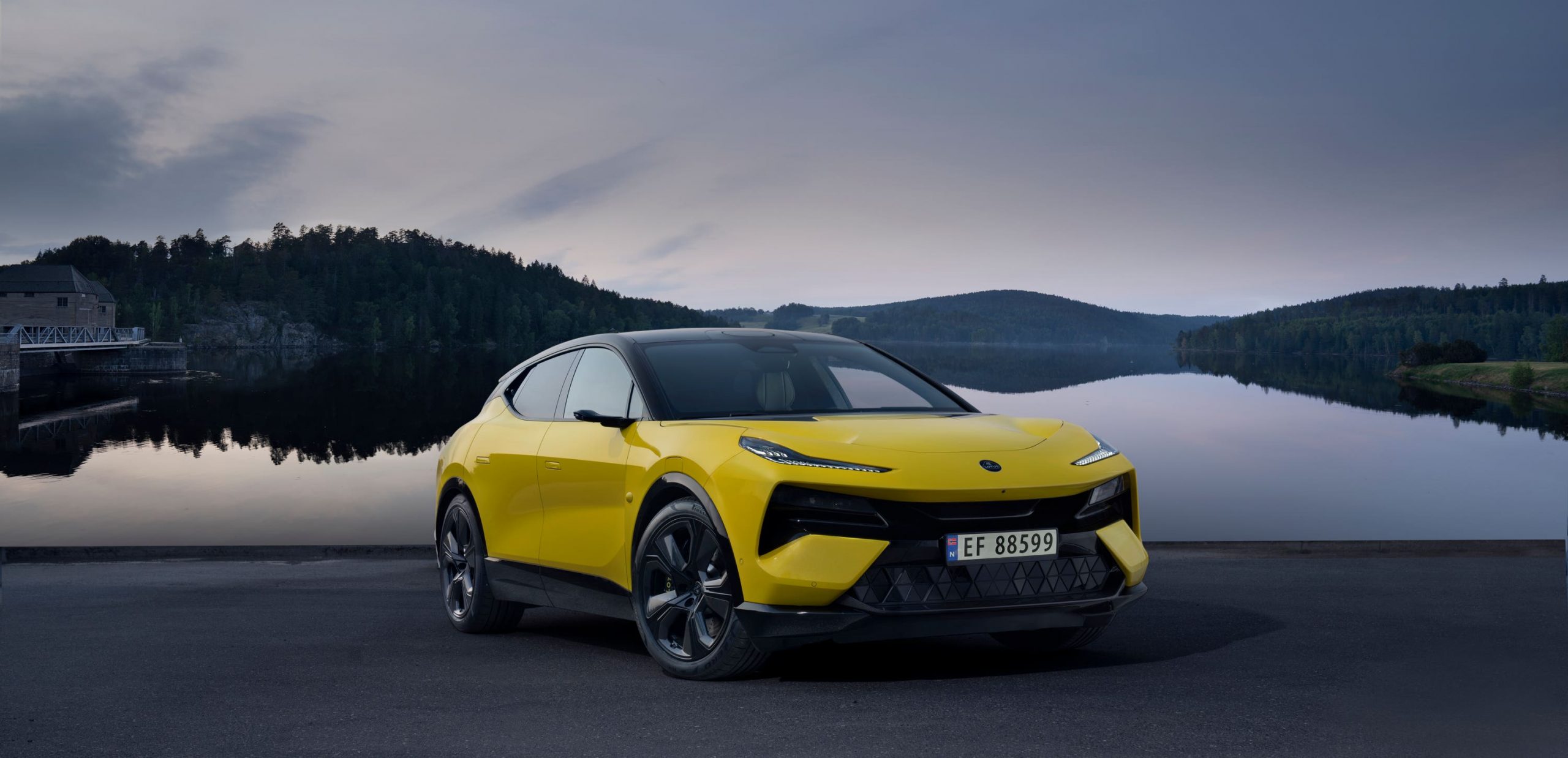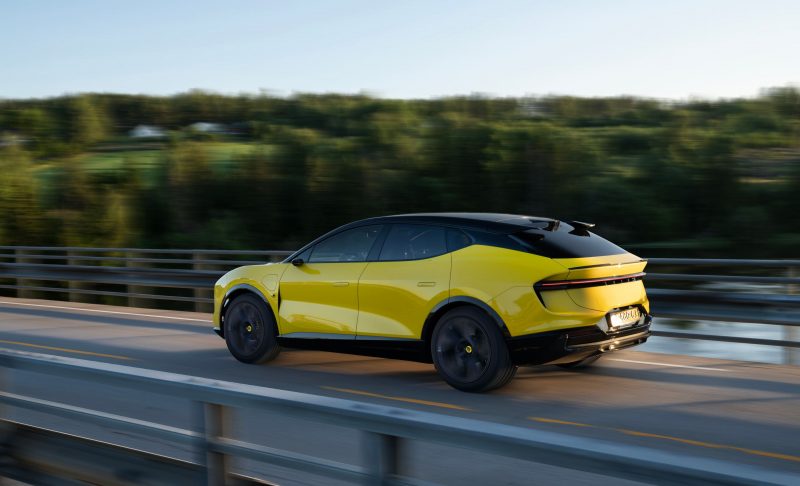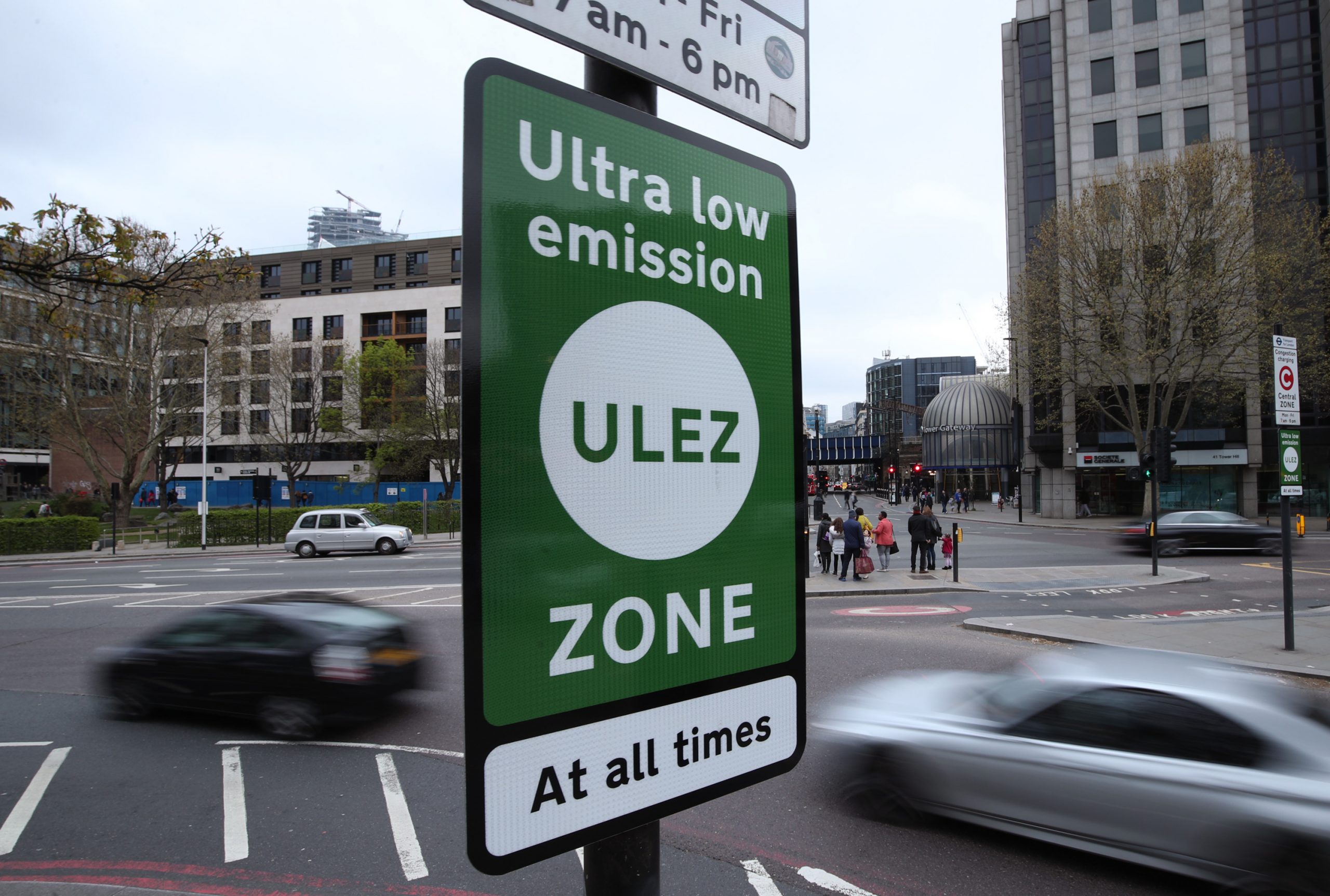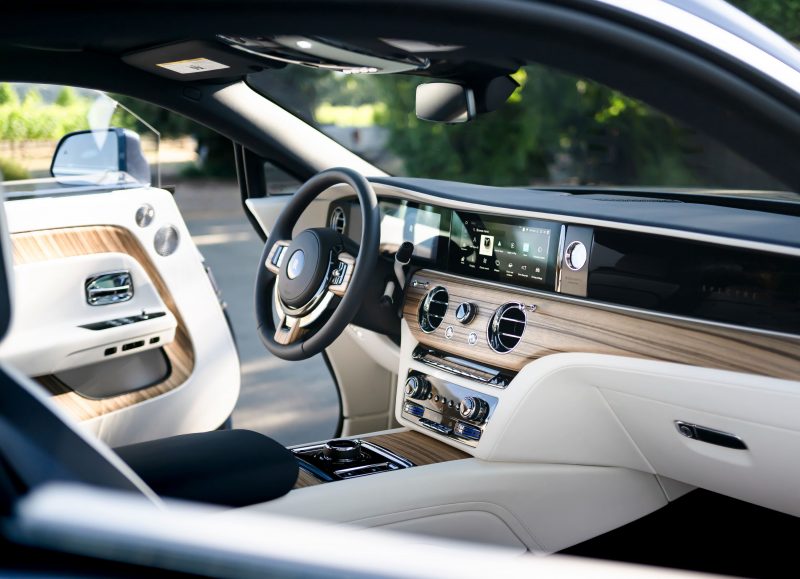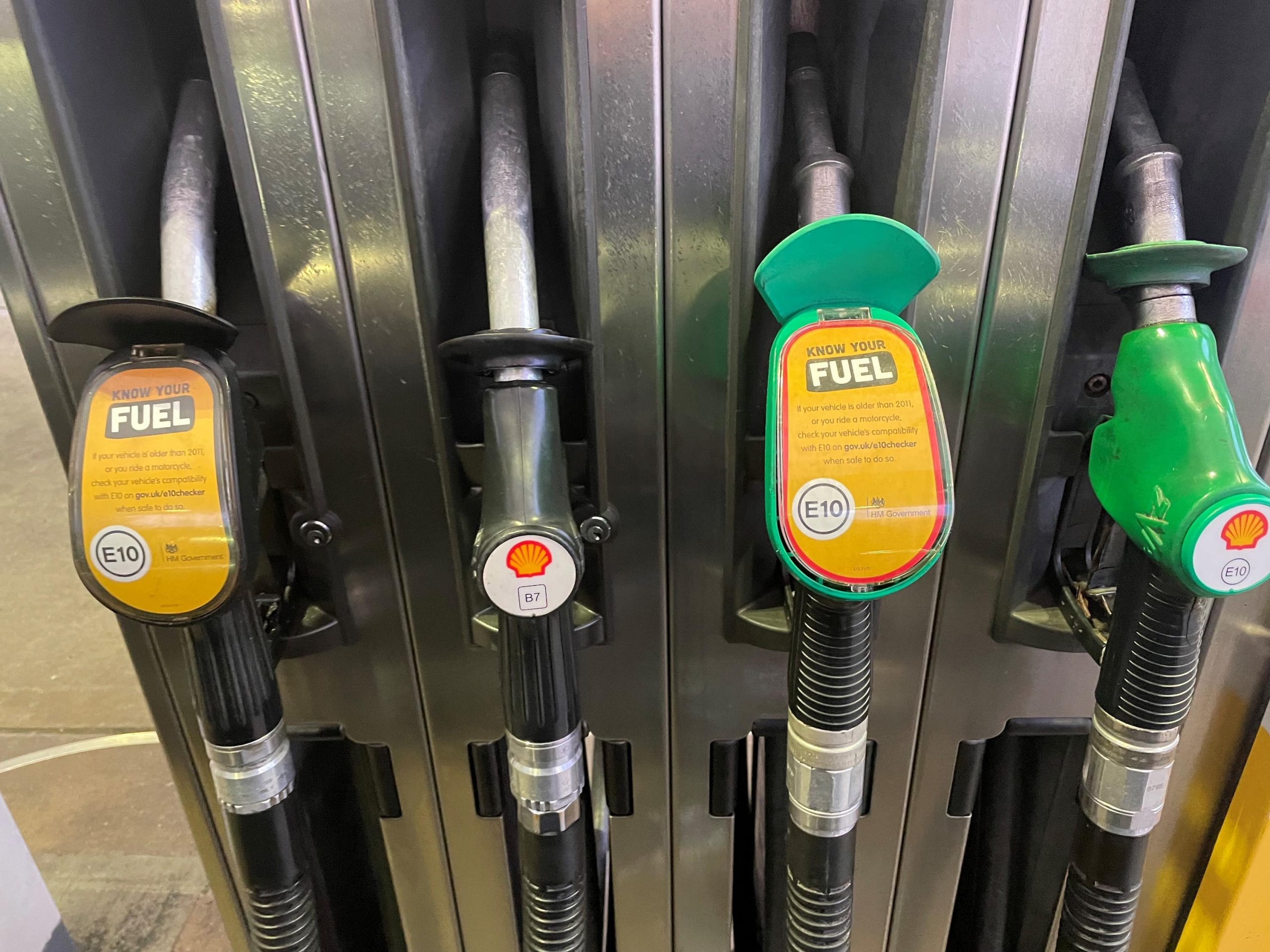The press watchdog has upheld a complaint that a Jeremy Clarkson opinion column in The Sun was sexist towards the Duchess of Sussex, describing some of the comments about her as “pejorative and prejudicial”.
The Independent Press Standards Organisation (Ipso) also rejected complaints that the piece – in which Clarkson wrote he had dreamed of Meghan being paraded naked through British towns and publicly shamed – was inaccurate, harassed the duchess and included discriminatory references to her on the grounds of race.
The newspaper will have to publish a summary of the findings against it on the same page as the column usually appears, along with a notice flagging the statement on the front page of Saturday’s edition and on its website.
In a statement, the newspaper said it accepts “that with free expression comes responsibility”, adding it has a “proud history of campaigning for women”.
The Fawcett Society gender equality charity, which complained to Ipso, said the ruling is a “landmark decision” about a “vile and offensive” column.
The ruling is the first time a complaint to Ipso about discrimination relating to someone’s sex has been upheld, the regulator said.
Ipso found the article made references to the duchess’s sex, including a claim that she exercised power over the Duke of Sussex because of her sexuality.
It said this was “a reference to stereotypes about women using their sexuality to exert influence” and “implied that it was the duchess’s sexuality – rather than any other attribute or accomplishment – which was the source of her power”.
The regulator also found the article’s use of comparison to Scotland’s former first minister Nicola Sturgeon and serial killer Rose West was because the three are female.
In the article, Clarkson wrote: “I hate her (Meghan). Not like I hate Nicola Sturgeon or Rose West. I hate her on a cellular level.”
Ipso also said Clarkson framed Meghan’s position as a “specifically female negative role model” when he referred to her influence on “younger people, especially girls”, and described his “dream” of her being publicly shamed in the streets of Britain as a form of “humiliation and degradation”.
It said: “Ipso considered that any of these references, individually, might not represent a breach of the code.
“However, to argue that a woman is in a position of influence due to ‘vivid bedroom promises’, to compare the hatred of an individual to other women only, and to reference a fictional scene of public humiliation given to a sexually manipulative woman, read as a whole, amounted to a breach of clause 12 (which relates to discrimination).”
“Ipso therefore found that the column included a number of references which, taken together, amounted to a pejorative and prejudicial reference to the Duchess of Sussex’s sex in breach of the Editors’ Code.”
Ipso said it also “considered in detail” the complaints relating to the duchess’s race but concluded the elements cited “did not provide a basis to establish that there was a pejorative reference to race”.
It also said publication of one article was “not sufficient” to support a breach of harassment and it did not breach the accuracy clause.
The regulator launched the investigation following complaints from the Fawcett Society and the Wilde Foundation, a charity which supports women and girls who have been victims of abuse.
The duchess did not complain to Ipso or make any representations. The regulator said the duchess was given the chance to comment, but “she indicated that she did not have any opposition to Ipso considering a complaint from the representative groups”.
The article, which was published on page 17 of the newspaper on December 17 2022, became Ipso’s most complained-about article, receiving more than 25,100 complaints.
Former Top Gear host Clarkson later apologised for the piece, describing his language as “disgraceful” and said he was “profoundly sorry”. The Sun also apologised and said it regretted the publication of the column, which was removed online.
The Duke of Sussex branded the article about his wife “horrific, hurtful and cruel”, adding what Clarkson had written would encourage people around the world to believe it is an acceptable way to treat women.
Ipso chairman Lord Faulks said the article was a “serious breach” of the Editors’ Code of Practice, notably clause 12 in relation to discrimination, and they found the imagery used to be “humiliating and degrading” towards Meghan.
“Ipso’s purpose is to protect the public and freedom of expression by upholding high editorial standards”, he added in a statement.
“In this case, The Sun failed to meet these standards.”
Ipso chief executive Charlotte Dewar said: “The Editors’ Code of Practice protects the right of commentators to challenge, to shock, be satirical and entertain, but it states that the press must avoid discriminatory references towards an individual.”
Fawcett Society chief executive Jemima Olchawski said it had “made history with our complaints against The Sun for its publication of Jeremy Clarkson’s vile and offensive column about the Duchess of Sussex, Meghan Markle.
“All women are harmed if any woman is the target of sexist reporting and media misogyny is not acceptable.
“This landmark decision is a real opportunity for our media to catch up with what women have known for years – misogyny and hate are not acceptable and they can no longer be dressed up as satire or banter.”
Labour MP Harriet Harman, incoming chairwoman of the Fawcett Society, said: “Women are no longer prepared to endure the sexism that generations of women have been subjected to. Fawcett will be vigilant about sexism in the media and challenge it wherever it appears. This is a big step forward for women in the battle against sexism in the media.”
In a statement, The Sun said: “After Jeremy Clarkson’s column was published in December, both The Sun and Jeremy Clarkson apologised. We said we regretted publishing the article and removed it from our website.
“The Sun accepts that with free expression comes responsibility.
“Half of The Sun’s readers are women and we have a very long and proud history of campaigning for women, which has changed the lives of many.
“The Sun is committed to its work campaigning to strengthen legislation on domestic abuse, helping to provide beds in refuges and empowering survivors of abuse to seek help. Our most recent campaign, Baby Bank on Us, is raising money to help women struggling with the alarming costs of living and a newborn baby.
“Ipso has ruled that The Sun published a column about the Duchess of Sussex which contained a pejorative and prejudicial reference to the duchess’s sex. The committee did not uphold separate elements of the complaint that the article was inaccurate, harassed the Duchess of Sussex, and included discriminatory references to her on the ground of race.
“The Sun is today publishing the summary of Ipso’s findings.”




